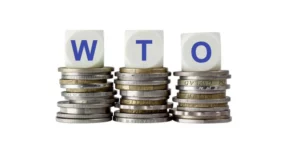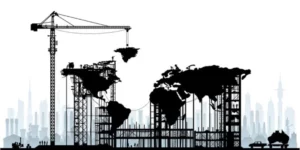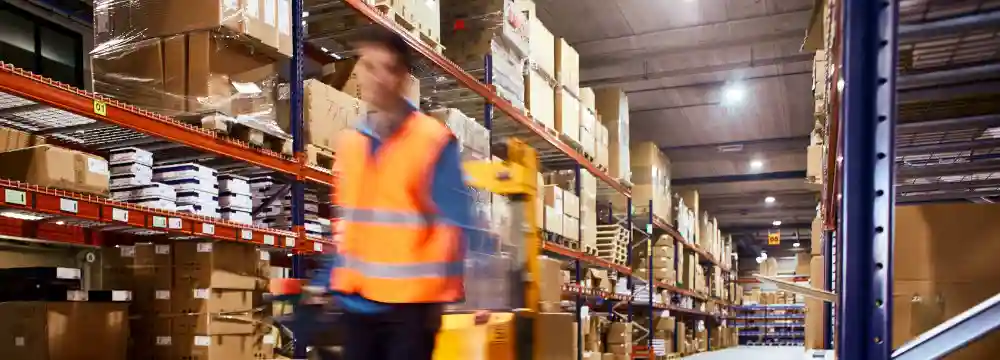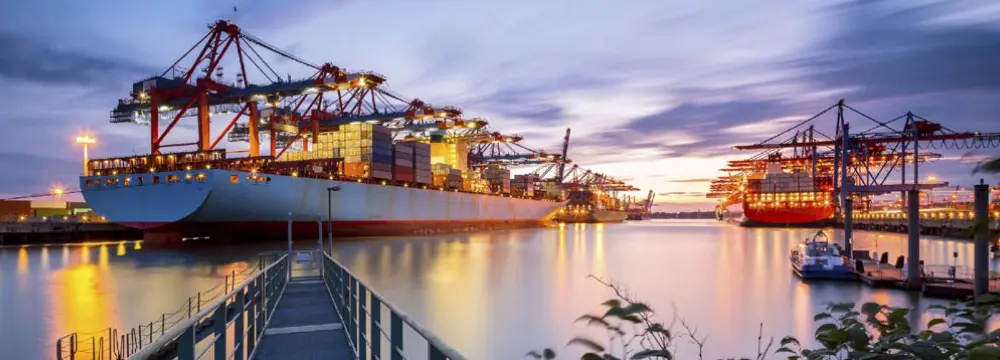When it comes to international trade law, the most relevant way that countries are bound by certain laws is through the World Trade Organization (WTO)–by far the most important trade association. Established in 1995, the WTO was created with the purpose of providing a framework of agreements, offering a forum for negotiations, conducting trade policy reviews and promoting unison within members’ economic policies. Based on these rules, member states can conclude bilateral or multilateral trade agreements.
The WTO is the only authority with some power over most countries in international trade.
The WTO law regarding the trade between countries which, if violated, will lead to penalties; crucially, it is the only significant international organization able to exercise power over international trade.
Companies are able to appeal to their own government for help in WTO trade disputes. Has been used recently in the USA where steel industry leaders are appealing to their government to help stem the allegedly subsidizes flow of cheap Chinese imports. This WTO dispute China is facing now is only one of many.
International Trade Regulations
Most international trade regulations were formed by the precursor to the WTO–the General Agreement on Tariffs and Trade (GATT). These rules created between 1947 and 1994 still remain as the primary rule book. There are several WTO agreements signed by the members:
Agreement on Trade Related Aspect of Intellectual Property Rights (TRIPS)
This agreement sets out to provide strong protection for intellectual property rights. It determines the rules for what constitutes protection and how it is carried out. For example, copyright terms are applied for a minimum of 50 years before becoming public domain, unless it is based on the author’s life. Furthermore, a copyright is granted automatically without the need for it to be registered and granted. This agreement essentially gives minimum standards for intellectual property.
Agreement on Agriculture (AOA)
There are 3 separate components which make up the AOA: domestic support, market access, and export subsidies. Domestic support classifies subsidies with the aim of limiting government support. Market access seeks to reduce trade barriers. The export subsidies section explicitly requires countries to lower their subsidies.
The export subsidies reduction differs from domestic support section in that the latter represents a classification system of subsidies where as the former represents a long-term goal developing a competitive market.
Developed countries must reduce their export subsidies at least 36% (by value) or 21% (by volume) over 6 years. Developing countries were required to for reductions of 14% and 24%, respectively, over a period of 10 years.
Agreement on Sanitary and Phytosanitary Measures (SPS)
This agreement focuses on non-tariff barriers and relates to the providing provisions seeking to protect human, animal or plant life or health from certain risks. The agreement establishes international food safety policy conditions related to the basic rights of animals, harmonization of sanitary standards and risk assessments of producers.
Technical Barriers to Trade Agreement (TBT)
These are the non-tariff barriers to trade that countries use to protect their own consumers and protect their own domestic market. The agreement gives rules that members of the WTO must follow by when using such barriers.
Implementing international trade fundamentals is the main objective of WTO Law.
WTO Dispute Cases: Penalties for Breaking the Agreements
When a dispute happens, and it is alleged a country has violated the rules set out by the WTO, the case is brought to the Dispute Settlement Body. From there forward, the countries involved come to an agreement about what action should be taken.
Firstly there is a consultation stage taking up to 60 days, then a panel is appointed and can take up to 6 months to come to a decision. From there the Dispute Settlement Body makes a recommendation for a course of action, with both sides in disagreement being granted an opportunity to an appeal. WTO members deemed to violate the laws are typically subject to fines or restrictions to markets.
WTO Dispute China is Facing
China has been repeatedly accused of violating these regulations; in 2014, it was alleged that China was inappropriately using their own antimonopoly law which conflicted directly with their commitments to the WTO. The investigations are ongoing.
Also in 2014, the WTO determined China failed to follow international trade laws relating to export restrictions. The dispute focused on the restrictions for exporting rare earth material in which China circumvented WTO policy by allowing domestic firms to pay 33% less than foreign competitors. The ruling against China required immediate change in policy.






